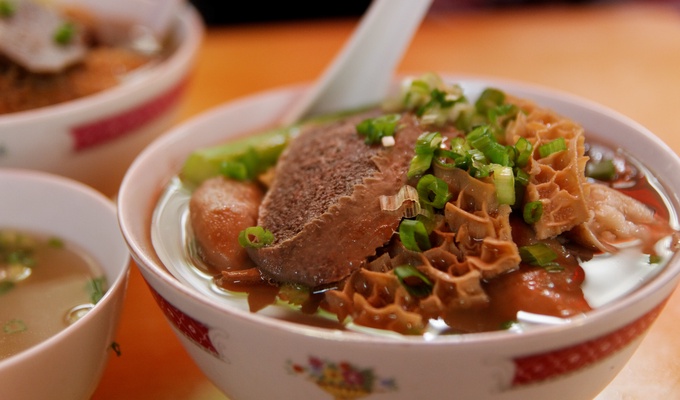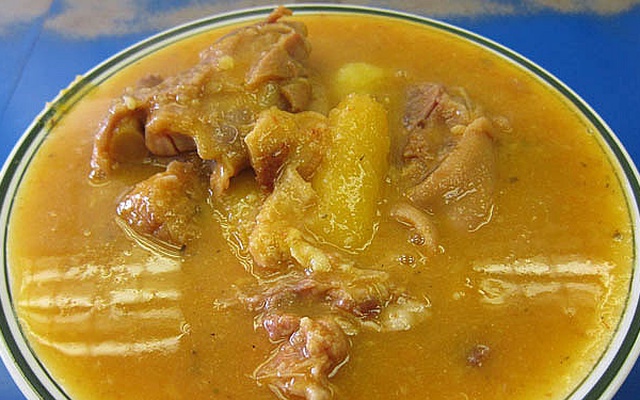Beef tripe refers to the edible stomach lining of cattle. It is used in a wide range of culinary traditions worldwide, valued for its texture and ability to absorb flavors.
In East Asian cuisine, tripe is commonly included in noodle soups and stir-fried dishes; in European cooking, it appears in preparations such as the Italian trippa alla romana and the French tripes à la mode de Caen. In Mexican cuisine, it is the main ingredient in menudo, a traditional soup. In Cantonese cuisine, it is used in nui za, a classic dim sum soup.
Tripe has been consumed since antiquity, particularly among working-class populations, due to its affordability relative to muscle cuts. It requires thorough cleaning and extended cooking to achieve a tender consistency. Despite declining popularity in some regions, it remains a staple in many traditional diets.
Because cattle have four different stomachs, there are four different types of tripe:
- blanket tripe, from the rumen
- honeycomb tripe from the reticulum
- book tripe, from the omasum
- the abomasum, which is not normally used. Rarely it is referred to as "reed tripe".

